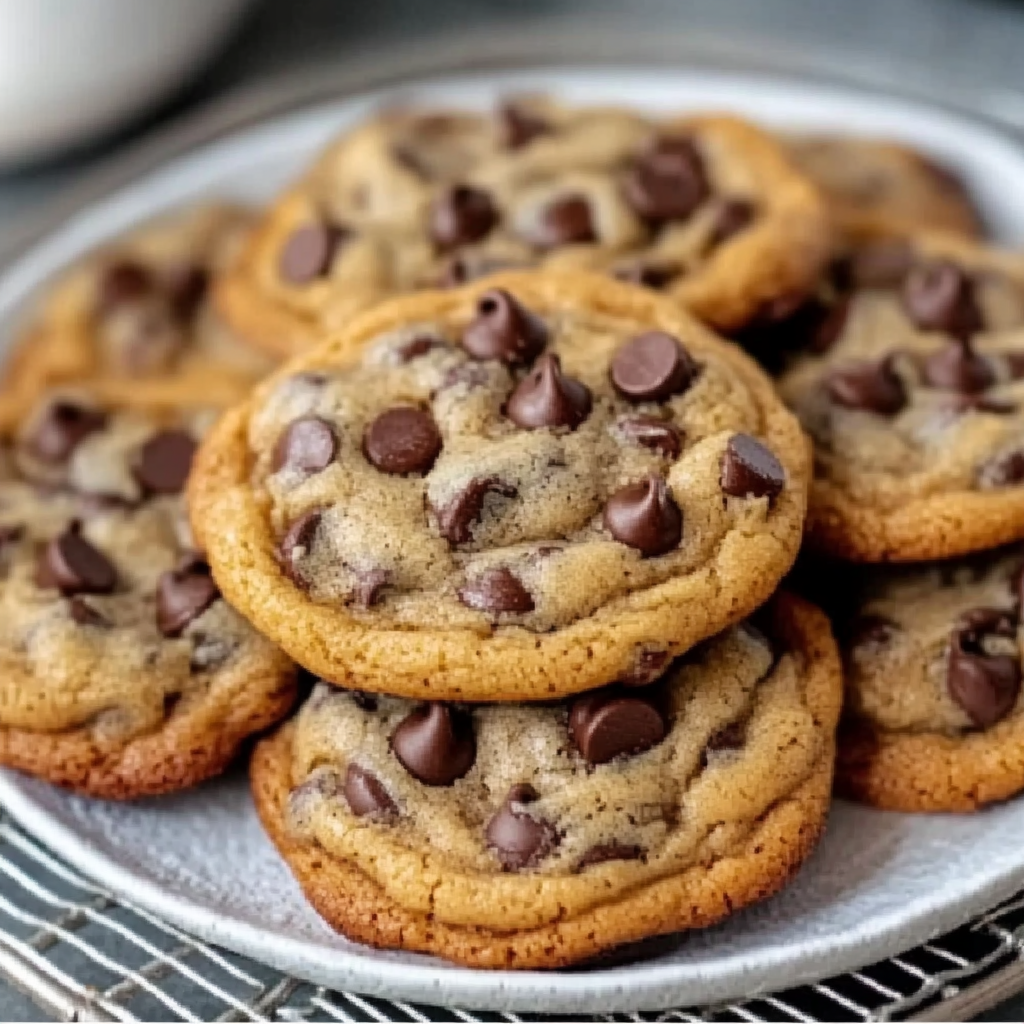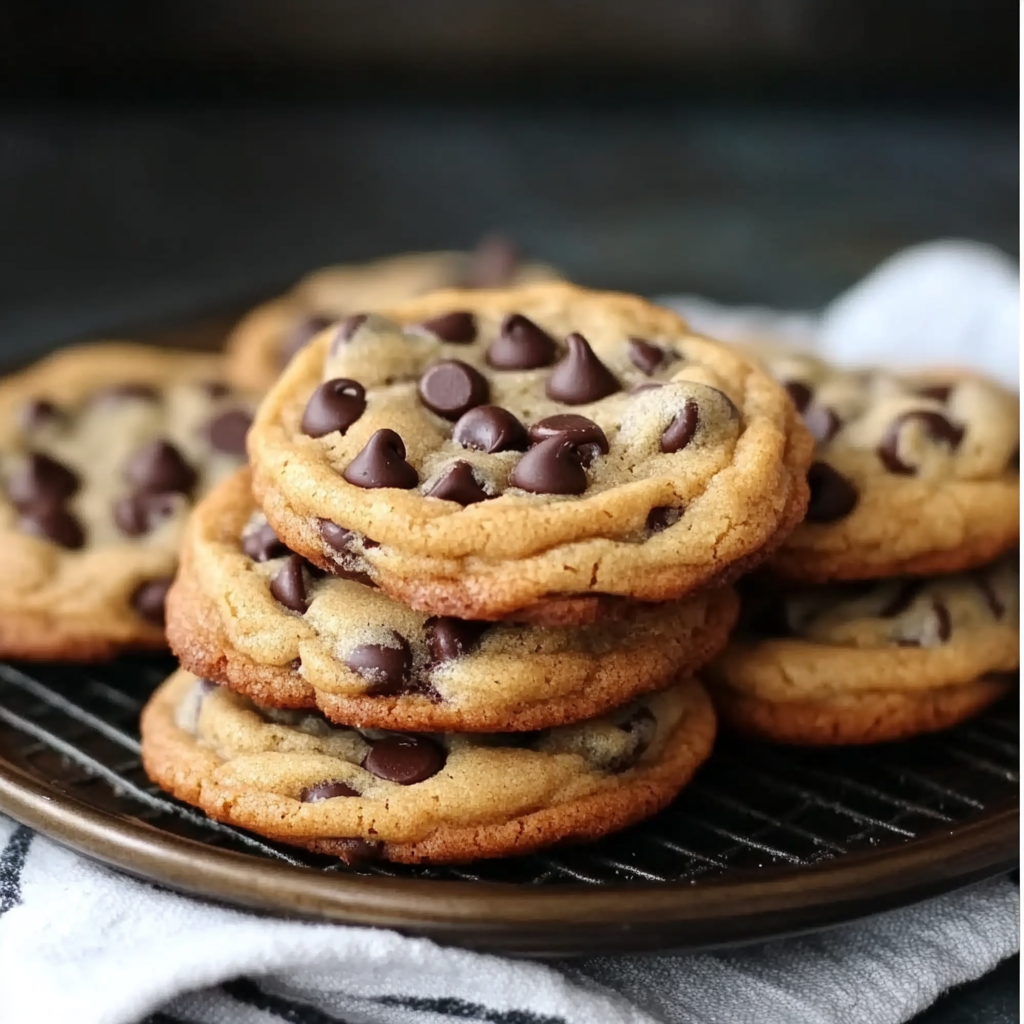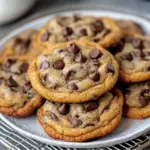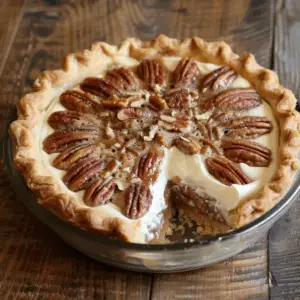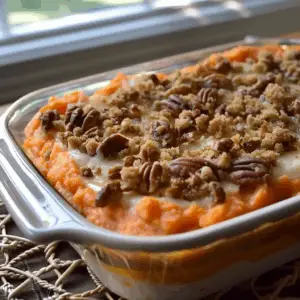Chocolate chip cookies are one of the most beloved treats around the world. Whether you’re a beginner baker or a seasoned pro, there’s something magical about the perfect cookie—golden on the edges, soft in the middle, and loaded with chocolate chips. This article will guide you through the steps to make the best chocolate chip cookies, with tips and tricks to achieve that perfect balance of chewy and crispy texture, while ensuring the flavor is nothing short of delicious.
Making chocolate chip cookies may seem simple, but there are a few key elements that can elevate them from good to great. From choosing the right ingredients, to understanding the science behind each one, every step counts. Plus, we’ll go over common mistakes that can lead to flat or dry cookies, and how to avoid them.
If you’re eager to learn how to bake the best chocolate chip cookies consistently, this guide will help you master the technique. So, grab your mixing bowls, preheat your oven, and let’s get baking!
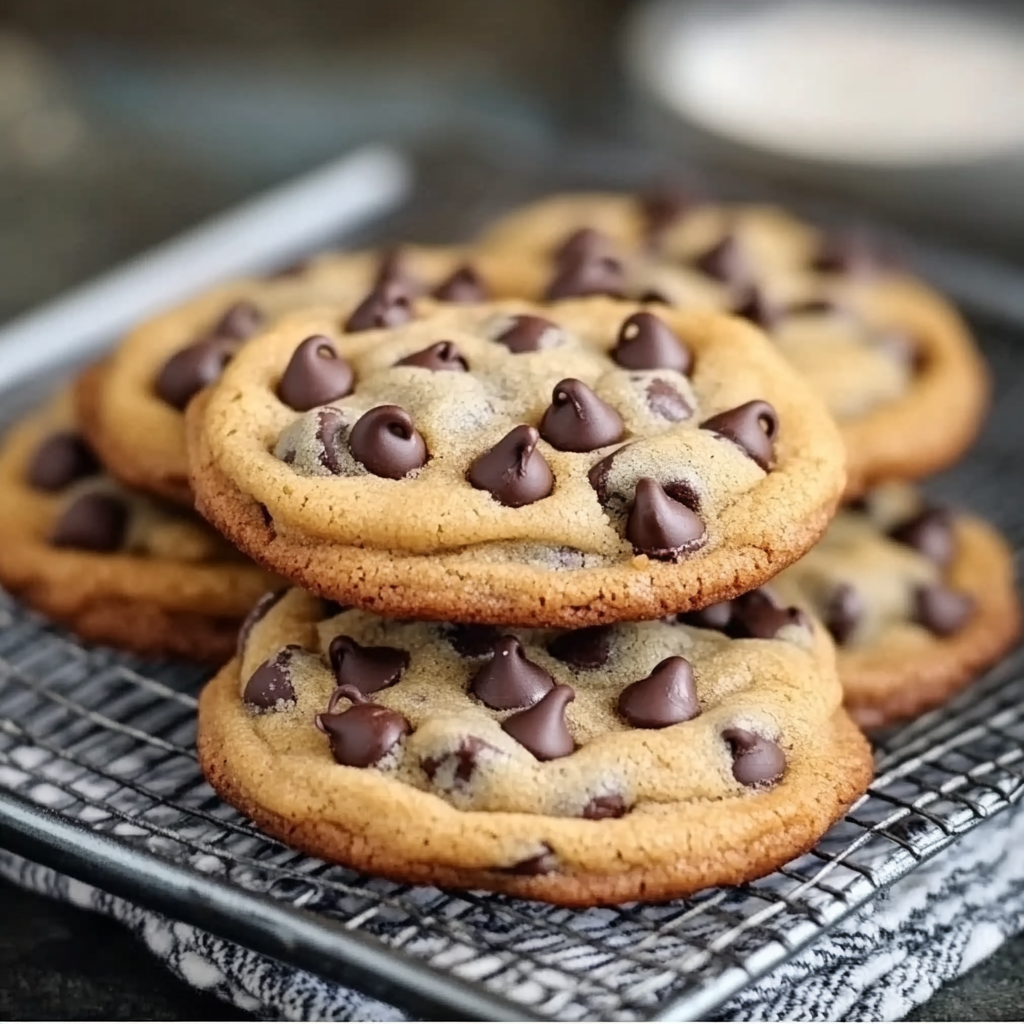
The Science Behind Perfect Chocolate Chip Cookies
Making perfect chocolate chip cookies involves a bit of chemistry. Understanding how each ingredient works is essential for achieving the right texture and flavor. Below are the key ingredients and their roles in creating the perfect cookie:
-
Butter: Unsalted butter is commonly used in chocolate chip cookie recipes because it allows for better control of the salt level. The fat in the butter helps to create a rich, tender cookie while contributing to the spread. The temperature of the butter is crucial—softened butter helps to achieve the right consistency in the dough.
-
Sugar: Both granulated sugar and brown sugar are important for creating the perfect balance of sweetness and texture. Granulated sugar contributes to the crispiness of the cookie, while brown sugar, due to its molasses content, results in a chewier texture and a deeper flavor.
-
Flour: The type of flour you use is critical. For most cookies, all-purpose flour is the best option because it provides the right balance of structure and tenderness. Too much flour can make the cookies dry, while too little can cause them to spread too much during baking.
-
Baking Soda: Baking soda is a leavening agent that helps the cookies spread and rise slightly as they bake. It’s also responsible for that light texture in the final cookie.
-
Eggs and Vanilla: Eggs bind the ingredients together, while vanilla extract adds depth of flavor. When using eggs, it’s important to add them one at a time, allowing them to fully incorporate into the dough.
Each ingredient works together to create the perfect chocolate chip cookie. By understanding their roles, you can make adjustments based on your preferences and perfect the recipe each time.
For more details on how ingredients affect the baking process, check out this Wikipedia page on baking ingredients. Also, for insights on how different flours impact texture, visit Flour on Wikipedia.
By paying attention to these details, you’re already one step closer to making perfect cookies.
Key Ingredients for the Best Chocolate Chip Cookies
To make the best chocolate chip cookies, the ingredients you choose and how you combine them are crucial. While the recipe may seem simple, the quality and type of ingredients used can significantly impact the flavor, texture, and overall success of your cookies.
Butter
Butter is the star ingredient in most cookie recipes, and using the right kind can make all the difference. Unsalted butter is generally preferred in chocolate chip cookies because it allows you to control the salt content more precisely. Unsalted butter contributes to the soft, chewy texture that everyone loves.
It’s important to use butter that is softened but not melted. Softened butter will blend more easily with the sugar, creating a smooth dough, while melted butter can lead to a greasy or overly flat cookie. Room temperature butter also helps in creating the right texture, as it will trap air when creamed with the sugars, leading to a lighter and fluffier cookie.
For more details on the properties of butter, visit this Wikipedia entry on butter.
Sugar
In chocolate chip cookies, both granulated sugar and brown sugar are essential. Granulated sugar helps to crisp up the edges of the cookie, while brown sugar (especially packed) contains molasses, which adds moisture and helps the cookies stay soft and chewy.
-
Granulated Sugar: This is the typical sugar used for sweetness and helps achieve that slight crispness around the edges of the cookie. The higher melting point of granulated sugar ensures the cookies don’t spread too much.
-
Brown Sugar: Brown sugar has a more complex flavor due to the molasses content, which adds a subtle caramel flavor to the cookies. It also contributes to moisture retention, which helps the cookies stay soft longer.
The combination of both sugars in the right proportions ensures that the cookies have the perfect balance of sweetness and texture.
Learn more about the different types of sugar and their uses in baking from this Wikipedia page on brown sugar.
Flour
When it comes to flour, all-purpose flour is the best choice for chocolate chip cookies. It provides just the right structure without making the cookies too dense. All-purpose flour is designed for versatility, making it ideal for cookies, cakes, and even bread.
-
Too Much Flour: Adding too much flour will result in a dry dough and cookies that are dense and crumbly.
-
Too Little Flour: On the other hand, not enough flour will cause the cookies to spread too much while baking, resulting in flat and uneven cookies.
If you’re looking for ways to improve the texture of your cookies, you might want to experiment with bread flour or cake flour for slightly different results. For more about flour and its uses in baking, visit this Wikipedia page on flour.
Chocolate Chips
The type of chocolate chips you use can have a huge impact on your cookies. Semi-sweet chocolate chips are most commonly used for their balanced flavor, neither too bitter nor too sweet. However, there are many options to choose from depending on your preferences:
-
Milk Chocolate: This will make the cookies sweeter and creamier.
-
Dark Chocolate: For a more intense, slightly bitter flavor, opt for dark chocolate chips.
-
White Chocolate: If you like a sweeter cookie, white chocolate chips are a great choice, but they may not provide the same contrast of flavors as semi-sweet or dark chocolate.
For the best results, use high-quality chocolate chips or even chop up a good-quality chocolate bar for chunks of melty goodness.
You can find tips for selecting the best chocolate for your cookies on Pinterest by browsing chocolate chip cookie recipes.
By carefully selecting the right butter, sugar, flour, and chocolate chips, you can ensure that your cookies turn out just as you want them, with a perfect balance of flavor and texture.
Vanilla Extract and Eggs
Both vanilla extract and eggs contribute essential flavors and textures to chocolate chip cookies.
-
Vanilla Extract: It enhances the sweetness of the sugars and adds a subtle depth of flavor that rounds out the cookie. It is a must-have in any classic chocolate chip cookie recipe. The quality of vanilla extract is key, so consider using pure vanilla extract instead of imitation vanilla for a richer flavor.
-
Eggs: Eggs are essential for binding the dough together. They provide moisture and help with the structure of the cookies, giving them that desirable chewy texture. For the best results, add the eggs one at a time, allowing each to fully incorporate before adding the next. This will ensure a smooth dough.
For more information on the role of vanilla extract in baking, visit this Wikipedia article on vanilla extract.
With these key ingredients, you’re well on your way to making the best chocolate chip cookies. Keep in mind that the quality of your ingredients will directly impact the final result, so choose them wisely!
Measuring Ingredients for Consistency
Accurate measurements are one of the most important factors in ensuring that your chocolate chip cookies turn out perfectly every time. Even small changes in the amount of an ingredient can drastically affect the final texture and flavor. Here’s why precise measuring is so essential, and some tips on how to do it correctly.
Why Accurate Measurements Matter
When baking cookies, the ratios between ingredients like butter, sugar, flour, and eggs are critical to achieving the desired texture. Too much flour can result in a dry, crumbly cookie, while too little can lead to a cookie that spreads too thin. Similarly, using too much butter or sugar can make the cookies overly greasy or overly sweet.
Because baking is more of a science than an art, it’s important to use the right tools to ensure that your measurements are precise. By carefully following the recipe and measuring your ingredients correctly, you’ll have a much higher chance of getting the same consistent results every time you bake.
Tools for Accurate Measurements
-
Measuring Cups for Dry Ingredients: Use a dry measuring cup for ingredients like flour and sugar. When measuring flour, always spoon it into the cup and level it off with a flat edge (like a butter knife). This prevents packing the flour, which can lead to using too much.
-
Measuring Spoons for Small Quantities: For smaller ingredients like baking soda and salt, use proper measuring spoons. A heaping spoonful of baking soda or salt can lead to an overly salty or bitter cookie.
-
Digital Kitchen Scale: For even more accuracy, you can use a digital kitchen scale to weigh your ingredients. This is especially useful for ingredients like flour, where the weight can vary depending on how it’s measured. A scale will give you a more consistent result, ensuring that your cookies turn out just right each time.
For more information on measuring techniques and tips, check out this article on measuring ingredients in baking.
By taking the time to measure your ingredients correctly, you’ll ensure that the dough comes together properly and bakes into the perfect cookie.
Common Mistakes to Avoid
-
Overpacking Flour: This is one of the most common mistakes when baking cookies. If you simply scoop flour directly from the bag into your measuring cup, you’re likely to pack it in too much, resulting in too much flour in your dough. Always spoon flour into your measuring cup and level it off to avoid this.
-
Using the Wrong Measuring Cups: Many people use a liquid measuring cup for dry ingredients, which can lead to inaccurate measurements. Be sure to use the correct cups for each type of ingredient to get the best results.
-
Not Using a Scale: While using measuring cups is fine, a scale provides the most accurate measurements, especially for flour. This is particularly useful if you’re adjusting recipes or trying to replicate a perfect cookie recipe consistently.
By focusing on measuring your ingredients accurately, you’re taking a key step in ensuring that your cookies will be as good as, if not better than, those from a bakery.
If you’re interested in learning more about the science behind ingredient measurements, here’s a helpful resource from Wikipedia on measuring ingredients.
Preparing the Dough
Now that you’ve gathered and measured your ingredients, it’s time to prepare the dough. This step is crucial in determining the texture and overall success of your cookies. While it may seem straightforward, there are some important techniques to ensure that your dough turns out just right.
Creaming the Butter and Sugars
The first step in preparing the dough is to cream the softened butter with the granulated sugar and brown sugar. This is one of the most important steps in the process because it’s during this stage that air is incorporated into the dough, giving the cookies their desired texture.
-
Cream until smooth: Beat the butter and sugars together for about 2-3 minutes until the mixture becomes light and fluffy. This step is vital for creating a smooth dough and achieving a chewy texture in your cookies.
-
Don’t overdo it: While you want to cream the butter and sugar well, overbeating can result in too much air being incorporated, causing the cookies to spread too much when baking.
Adding the Eggs and Vanilla
Once your butter and sugars are properly creamed, add the eggs and vanilla extract.
-
Add eggs one at a time: Adding eggs one at a time helps ensure each egg is fully incorporated into the mixture, leading to a smoother dough. This prevents the eggs from curdling and gives your cookies a smooth texture.
-
Don’t forget the vanilla: Vanilla adds depth to the flavor, so don’t skip this step. Use pure vanilla extract for the best flavor.
Incorporating the Dry Ingredients
Now it’s time to bring the dry ingredients—flour and baking soda—into the mix. It’s important to combine them gently so the dough doesn’t become overworked.
-
Gradually add the dry ingredients: Slowly add the dry flour mixture into the wet ingredients, mixing until just combined. Overmixing the dough can lead to cookies that are tough instead of soft and chewy.
-
Use a spatula: When folding in the flour, use a spatula or wooden spoon to gently incorporate the ingredients, making sure not to overwork the dough.
Adding the Chocolate Chips
Once the dough has come together, it’s time to fold in the chocolate chips. The best way to do this is gently, ensuring that the chips are evenly distributed throughout the dough without causing it to overmix.
-
Don’t overmix the dough: Overmixing can cause the cookies to become too dense and affect the spread. Fold in the chocolate chips until evenly distributed, then stop mixing.
If you’d like to add nuts, such as walnuts or pecans, this is the point where you can fold them in as well, depending on your preference.
Shaping and Baking the Cookies
Now that your dough is ready, the next step is shaping and baking your cookies. The way you shape the dough and the baking process plays a large role in how your cookies turn out.
Shaping the Dough
Use a spoon or cookie scoop to portion out the dough into tablespoon-sized balls. This ensures that each cookie is uniform in size and will bake evenly. When placing the dough balls on the baking sheet:
-
Space the dough: Place each ball about 2 inches apart. This gives the cookies enough room to spread while baking. If they are too close together, they may merge into one large cookie.
-
Slightly flatten the dough: Gently flatten the dough balls with your fingers or the back of a spoon to encourage even spreading during baking.
Baking the Cookies
Preheat your oven to 350°F (175°C) and line your baking sheets with parchment paper or silicone baking mats to prevent sticking. Baking time is crucial for achieving the perfect texture.
-
Baking time: Bake the cookies for 10-12 minutes, or until the edges are golden brown and the centers are slightly set. The cookies will continue to firm up as they cool, so be careful not to overbake them. If you prefer softer cookies, err on the side of underbaking slightly.
-
Check for doneness: Look for golden-brown edges and slightly puffed centers as signs of perfectly baked cookies.
Cooling the Cookies
Once baked, remove the cookies from the oven and allow them to cool on the baking sheet for a few minutes. This helps them set before transferring them to a wire rack to cool completely.
-
Don’t rush the cooling process: Allowing cookies to cool on the baking sheet before transferring them ensures they don’t break apart.
-
Wire rack: After a few minutes, transfer the cookies to a wire rack to cool completely, which helps them maintain their shape and prevents them from becoming soggy.
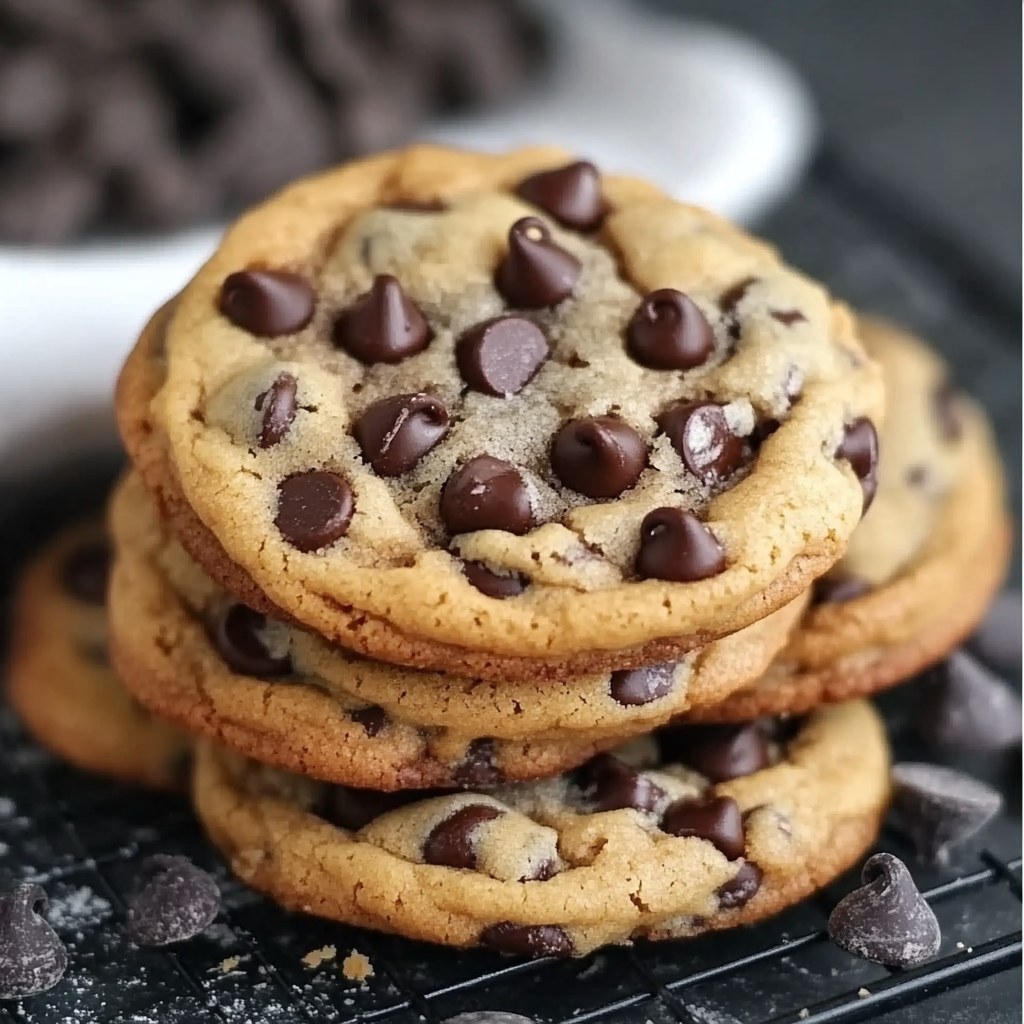
FAQ Section
Here are some frequently asked questions about making the best chocolate chip cookies:
What makes chocolate chip cookies chewy?
To make chewy cookies, it’s essential to use both granulated and brown sugar. The brown sugar helps retain moisture, keeping the cookies soft and chewy. Also, underbaking slightly can keep the center chewy.
Can I use a different type of chocolate chip?
Yes, you can! You can experiment with milk chocolate, dark chocolate, or even white chocolate chips depending on your preference. Dark chocolate will give your cookies a slightly more bitter taste, while milk chocolate provides a sweeter flavor.
Why are my cookies flat?
Flat cookies are often the result of using too much butter, not chilling the dough, or using softened butter that’s too warm. Make sure the dough is chilled, and the butter is at the correct temperature to avoid spreading too much during baking.
How long should I let the dough chill before baking?
Chilling the dough for at least 30 minutes helps prevent the cookies from spreading too much. You can chill the dough longer, up to overnight, to enhance flavor and texture. Chilled dough also ensures that the cookies hold their shape while baking.
Can I freeze chocolate chip cookie dough?
Yes! You can freeze the dough in individual dough balls or as a whole batch. Freeze for up to 3 months, and bake straight from the freezer, adding a couple of extra minutes to the baking time.
What is the best way to store chocolate chip cookies?
Store your cookies in an airtight container at room temperature for up to a week. For longer storage, freeze the cookies in a single layer and transfer to a container for up to 3 months.
How do I prevent my cookies from spreading too much?
Make sure your dough is chilled before baking, and be sure to use the correct measurements for butter and flour. If your dough is too soft, it will spread excessively during baking.
PrintHow to Make the Perfect Chocolate Chip Cookies Every Time
These perfect chocolate chip cookies are the ultimate treat for any cookie lover. With a balance of chewy and crispy textures, these cookies are packed with semi-sweet chocolate chips that melt beautifully during baking. Using both brown and granulated sugar helps create the perfect cookie, with golden-brown edges and soft, slightly chewy centers. Follow this foolproof recipe for consistently delicious results every time you bake!
- Author: Clara
Ingredients
- 2 1/4 cups all-purpose flour
- 1/2 tsp baking soda
- 1 cup unsalted butter, softened
- 1/2 cup granulated sugar
- 1 cup packed brown sugar
- 2 tsp vanilla extract
- 2 large eggs
- 2 cups semi-sweet chocolate chips
- 1/2 tsp salt (optional, but recommended)
Instructions
Preheat your oven to 350°F (175°C). Line baking sheets with parchment paper or silicone baking mats.
In a medium bowl, whisk together the flour and baking soda. Set aside.
In a large mixing bowl, beat the softened butter, granulated sugar, and brown sugar together until smooth and creamy. This should take about 2-3 minutes.
Add the vanilla extract and eggs, one at a time, beating well after each addition.
Gradually add the dry ingredients (flour and baking soda mixture) to the wet ingredients, mixing until just combined. Be careful not to over-mix.
Fold in the chocolate chips and optional salt.
Scoop tablespoon-sized portions of dough and place them onto the prepared baking sheets, spacing them about 2 inches apart.
Bake for 10-12 minutes, or until the edges are golden brown and the centers are set. The cookies will continue to firm up as they cool, so don’t overbake them.
Allow the cookies to cool on the baking sheet for a few minutes before transferring them to a wire rack to cool completely.
Notes
-
Chill the dough: If you have time, chilling the dough for at least 30 minutes (or up to overnight) will improve the flavor and texture of the cookies.
-
Don’t overmix the dough: When adding the dry ingredients and folding in the chocolate chips, be careful not to overmix the dough. This ensures a tender, light texture.
-
Customize with add-ins: Feel free to customize these cookies by adding nuts, dried fruits, or even a sprinkle of sea salt on top before baking.
-
Storage: Store in an airtight container for up to a week at room temperature, or freeze for up to 3 months for a longer shelf life.
